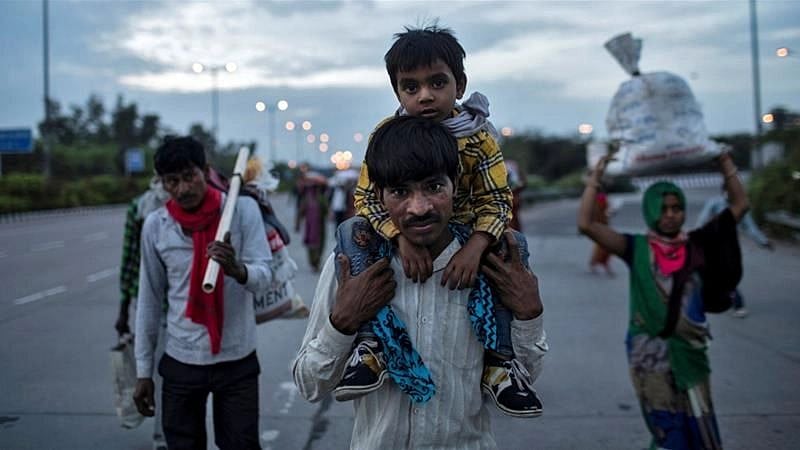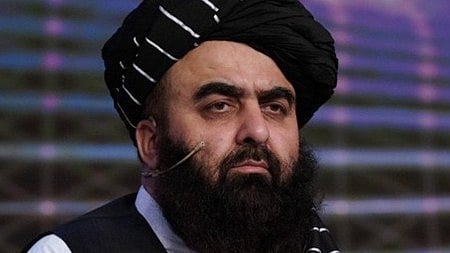Many believe that the laying of the foundation stone of the Vadhavan Port Project in Dahanu Taluka, India’s first Supreme Court-notified “eco-fragile area”, marks the beginning of the end of biodiversity-rich forest and coastal waters, but also of a great idea, an important enviro-legal precedent, and a 30-year-long saga of a few people’s resistance against “unwanted development”. Sadly, the all-weather mega-berth port, touted to be the biggest in India, will irreversibly damage an important fruit-, fish-, and vegetable-producing region between the heavily polluted industrial belts of Maharashtra and Gujarat on the western coast of India.
However, even as we read the celebratory press releases about the greatest port ever from the government, it is impossible to ignore the ongoing massive protests led the fishing, farming and Adivasi residents at Vadhavan that forced the Prime Minister to conduct the ceremony offsite for security reasons on August 30, 2024. To understand the protests, it is important to recall the history of the extraordinary struggle of the people of Dahanu to protect their unique ecological and cultural heritage and the chronology of the machinations of the state to promote the port despite the local protests.
In 1988, the Bombay Suburban Electric Supply Limited (BSES) proposed to set up a 500 MW coal-fired power plant in Dahanu Taluka. Aware of the ecological significance of such a move, a local group led by two feisty residents, Nergis Irani and Kitayun Rustom, together with Mumbai-based environmentalists like Shyam Dewan, Bittu Sahgal, and Debi Goenka, began a long legal battle in 1989 to forestall the coal plant. When both the High Court and Supreme Court rejected their petitions, they finally relied on an Environment Ministry report titled ‘Parameters for Determining Ecological Fragility’ to demand that Dahanu be declared an eco-sensitive area (ESA) to prevent the setting up of the coal plant.
In 1991, the Dahanu notification was proposed by Maneka Gandhi, the then Union Minister for Environment and Forests; however, the “eco-fragile notification” was finally granted only after the thermal power plant was permitted with restrictions and prohibitions on red category industries in Dahanu. This was the first time the term “Ecologically Fragile Area” was used in India. In 1996, the Supreme Court constituted the Dahanu Taluka Environment Protection Authority (DTEPA) to monitor the compliance of the Dahanu Notification, setting a unique and far-reaching environmental-legal precedent.
For almost a decade, the DTEPA, under the chairmanship of Chandrashekhar Shankar Dharmadhikari, a retired judge of the Mumbai High Court, armed with executive powers to safeguard Dahanu, answerable only to the Supreme Court, actively examined the environmental impacts of proposed development projects in the region before granting permissions. According to Geetanjoy Sahu of TISS, “recognising the ecological politics of control over natural resources, the Authority unwaveringly stood by the principles of social justice and equitable rights for local communities”. Amongst many pioneering decisions, he ensured the installation of a flue gas de-sulfurisation plant in the BSES coal-fired power plant and prevented the establishment of a similar mega-berth port in Vadhavan in Dahanu in 1998.
In February 1997, the Government of Maharashtra had awarded Peninsular and Oriental Private Limited (P&O), a British multinational, a contract to build a 29-berth mega port in Vadhavan. The port proposal was in clear violation of the Supreme Court directives and the Coastal Regulation Zone (CRZ) Notification of 1991 as well, but the Congress-led United Progressive Alliance regime gave it a push nevertheless. The matter was finally taken to DTEPA, which rejected the proposal in September 1998, noting that while the word ‘industry’ was not defined in the Dahanu Notification, “such a vast port will obviously fall within the ambit and scope of the word industry”, and that, therefore, “the construction or establishment of such a mega port is wholly prohibited by [the] notification”. P&O withdrew from the project on November 12, 1998, marking an important victory for the campaign, this time led by fisher groups.
In early 2019, almost a year after the passing away of Justice CS Dharmadhikari, the Ministry of Environment, Forests, and Climate Change (MoEFCC) in 2020 moved the apex court seeking to scrap the DTEPA but failed and subsequently reconstituted the DTEPA in February 2022, appointing former Justice A B Chaudhari as the chairperson.
Meanwhile, in an order dated June 8, 2020, MoEFCC quietly excluded ports, jetties, and dredging from the red category to the non-industries category. In May 2022, the Jawaharlal Nehru Port Authority filed a formal application before the DTEPA, seeking clearance for the establishment of a major port at Vadhavan.
In March 2023, the MoEFCC, literally removed three expert members of the DTEPA who had raised objections to the port on scientific grounds and finally in July 2023, the newly constituted DTEPA granted final clearance for the project. The clearance was challenged in Bombay High Court, but the court refused to interfere, observing that the port is not a red category industry any more and Dahanu Taluka Environment Protection Authority (DTEPA) has considered all “relevant aspects” before approving the revised plan. Case closed.
Clearly thousands of protesters demonstrating near Palghar on August 30 do not think so. For them, India’s first deep-sea port in India’s first eco-fragile area is unwanted development.
Shailendra Yashwant is an independent environmental photojournalist and climate communications consultant. He tweets at @shaibaba












